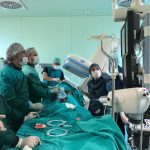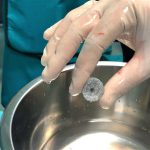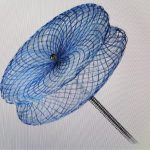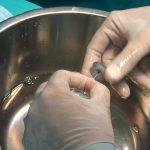
It was found that the heart muscle of the 82-year-old patient, who was diagnosed with heart attack when he was brought to the Near East University Hospital, was found to be torn due to the attack at the examinations carried out by the Department of Cardiology. Due to the high risk of surgery, the patient was treated with the umbrella method without surgery.
Prof. Dr. Hamza Duygu: "Heart muscle rupture that develops with a heart attack is a fatal condition."
Stating that the development of a rupture in the heart muscle after a heart attack is extremely fatal, Prof. Dr. Hamza Duygu said that this very rare situation usually stems from late admission to the hospital. Prof. Dr. Hamza Duygu noted that heart muscle rupture is more common in older female patients and patients with high blood pressure.
Patients' lives can be saved with early and correct intervention
Prof. Dr. Hamza Duygu stated that almost all of the patients in this situation, who did not receive the necessary intervention, were lost. Prof. Dr. Duygu said, “Such patients are brought to the hospital with a picture of shock and in a situation where blood pressure cannot be taken. Patients who cannot be diagnosed early and do not receive the necessary intervention usually die within a week."
There are two methods of treating heart muscle rupture. The operation, which can be carried out as an open-heart surgery, can also be performed with the non-surgical umbrella method if the patient cannot receive general anesthesia.
Prof. Dr. Hamza Duygu said, “In such patients, the option of surgery is extremely difficult due to the fact that the heart muscle and surrounding tissue are extremely fragile due to the recent heart attack. The retention of stitches also becomes problematic.”
How is the non-surgical Umbrella Method applied?
In the non-surgical umbrella method, the patient's chest is penetrated through the inguinal artery through an angiographic procedure without opening the chest, and the rupture in the heart muscle is closed with a 14 mm umbrella-shaped device. The advantage of this method is that the patient does not need to undergo full anesthesia. The patient can stand up after a few hours. After the procedure, the patient can leave the shock table immediately and leave the heart pump to which he is connected within a few hours. Heart imaging with three-dimensional methods is also very important in this process. Stating that such procedures should only be implemented in centers with an experienced team and technical infrastructure in this field, Prof. Dr. Hamza Duygu said “Otherwise, fatal complications may occur during the procedure.”



